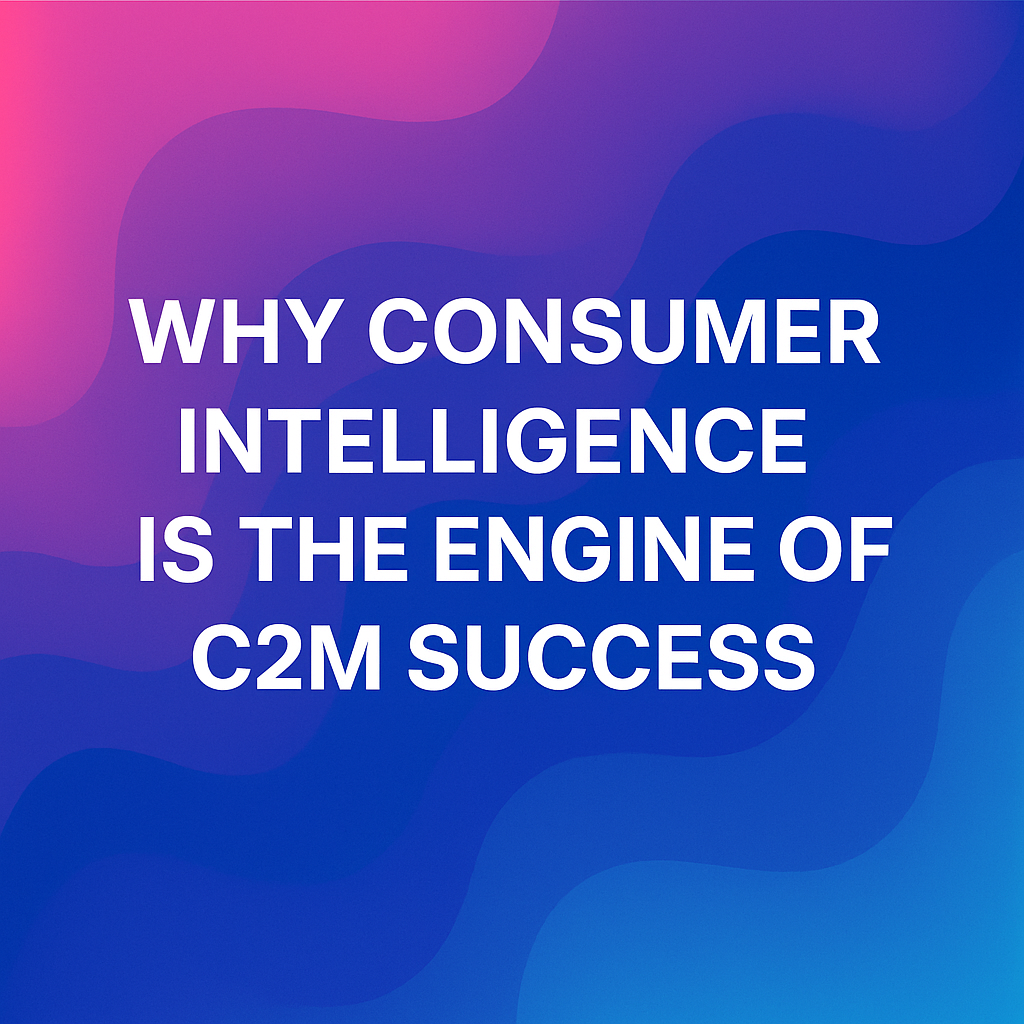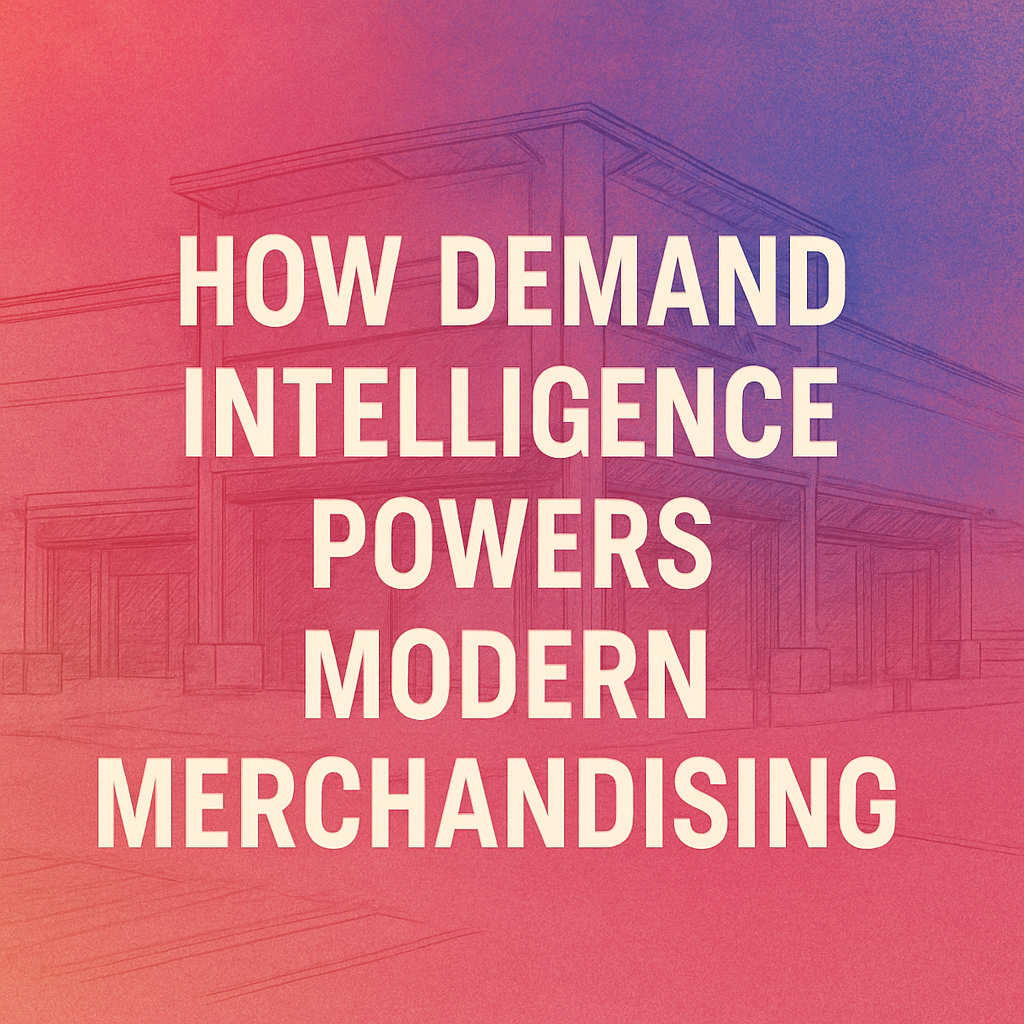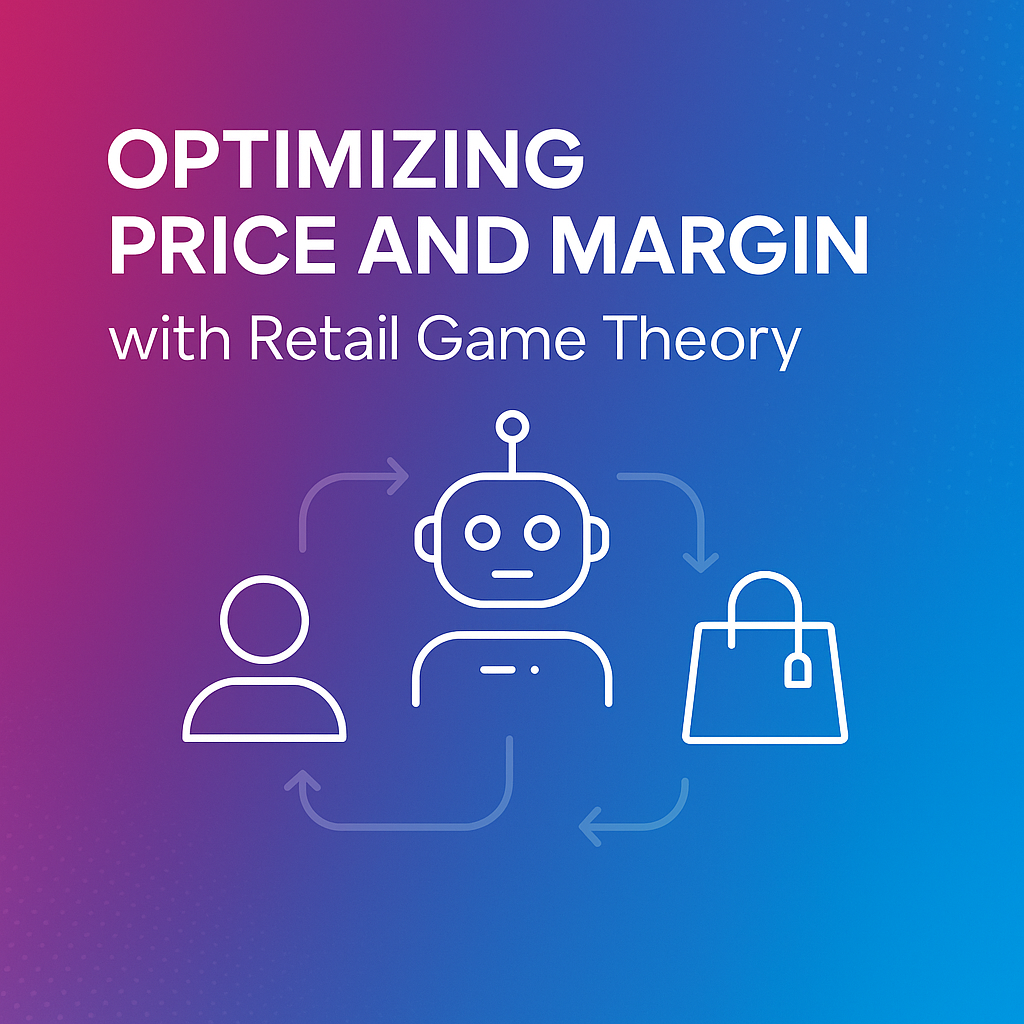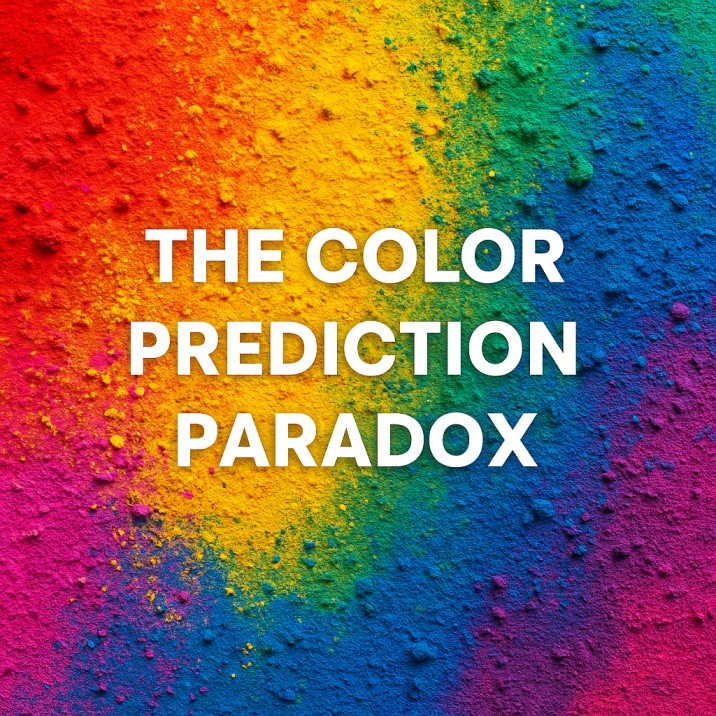C2M vs D2C: Why Consumer Intelligence Is the True Differentiator

Introduction: The Battle of Models – C2M vs D2C
The shift from traditional retail to digital-first models has given rise to two transformative paradigms: Direct-to-Consumer (D2C) and Consumer-to-Manufacturer (C2M). While D2C disrupted physical retail by cutting out the middleman, C2M goes a step further by cutting out guesswork—placing the consumer at the origin of the product creation process.
This blog breaks down the evolving debate of C2M vs D2C, and why consumer intelligence is not just an advantage—it’s the foundation for success in the C2M era.
What is the C2M Model?
The Consumer-to-Manufacturer (C2M) model starts with the consumer’s voice—search patterns, preferences, and intent—and uses those insights to initiate design and production. Factories manufacture after demand is validated, not before.
This makes C2M inherently demand-driven, agile, and waste-reducing—unlike traditional models that rely on forecasts, trends, and speculation.
C2M vs D2C: A Strategic Comparison
Let’s break down C2M vs D2C across key dimensions:
| Dimension | C2M (Consumer-to-Manufacturer) | D2C (Direct-to-Consumer) |
|---|---|---|
| Trigger | Starts with consumer data and interest | Starts with brand vision and design |
| Production Model | On-demand, small-batch manufacturing post-demand validation | Batch-based, forecast-led production |
| Inventory Risk | Minimal – only produce what’s needed | Moderate to high – prone to overproduction |
| Consumer Role | Co-creator, insights feed directly into design | Customer, insights follow the product |
| Speed to Market | Days to weeks | Weeks to months |
| Feedback Loop | Continuous, real-time optimization | Post-launch adjustments |
| Technology Need | High dependence on consumer intelligence systems | Moderate use of CRM and feedback tools |
In short, D2C streamlines distribution. C2M reimagines the entire value chain—with consumers driving design, development, and demand.
Why Consumer Intelligence is the Cornerstone of C2M
C2M depends on listening to the market in real time. But not all data is equal. You need intelligence that:
- Goes beyond sales to capture interest before purchase
- Distinguishes noise from true consumer intent
- Quantifies emerging trends with context
- Maps demand to your brand DNA, not just general trends
This is where consumer intelligence becomes the deciding factor in the C2M vs D2C debate.
Stylumia’s Consumer Interest Engine: Precision at Scale
At Stylumia, we power C2M adoption with the world’s leading consumer interest engine, based on:
- Real-time demand signals across global e-commerce
- Proprietary models that detect what people want, not just what they’ve bought
- Relevance scoring based on brand-specific market fit
- Dynamic dashboards that show what to create, when, and how much
Our AI-driven insights have helped leading brands increase product hit rates, reduce inventory, and accelerate design-to-delivery cycles—all critical levers for a thriving C2M strategy.
We have outlined the details of this engine and philosophy behind it in our blog here.
C2M vs D2C: What Brands Must Do Differently
If you’re pursuing C2M:
- Invest in consumer demand sensing, not just brand storytelling
- Build agile supplier networks for low-MOQ production
- Use data as your R&D department—detect needs before they’re spoken
- Start with small-batch tests, iterate based on live interest
Avoid these pitfalls:
- Relying on sales history to dictate future products
- Scaling based on trend hype, not demand science
- Ignoring market signals in favor of internal design bias
- Treating C2M as a marketing angle—it’s an operating model
Beyond Fast Fashion: C2M’s Wider Impact
While Shein and Temu popularized C2M in fashion, the model is now expanding into:
- Beauty (on-demand formulations)
- Furniture (custom made-to-order)
- Consumer electronics (specs based on review data)
- Luxury (bespoke pieces with short lead times)
C2M is not just a fad. It’s a structural evolution fueled by consumers expecting personalization, relevance, and responsibility.
C2M vs D2C: A Future-Proof Perspective
When comparing C2M vs D2C, the most future-ready brands are those who integrate consumer intelligence into their entire value chain—not just their campaigns.
D2C helped brands reach consumers directly. C2M helps them understand consumers deeply. The distinction matters more now than ever.
Conclusion: Relevance is the New Speed
As markets saturate, attention spans shrink, and sustainability takes center stage, C2M offers a compelling path forward. But the key isn’t just speed or cost-efficiency. It’s relevance—delivering what the market wants, when it wants it, without waste.
At Stylumia, we help brands and manufacturers turn consumer signals into product strategy.
If you’re ready to explore C2M with precision and purpose, let’s talk. Reach out for a free consultation here.



